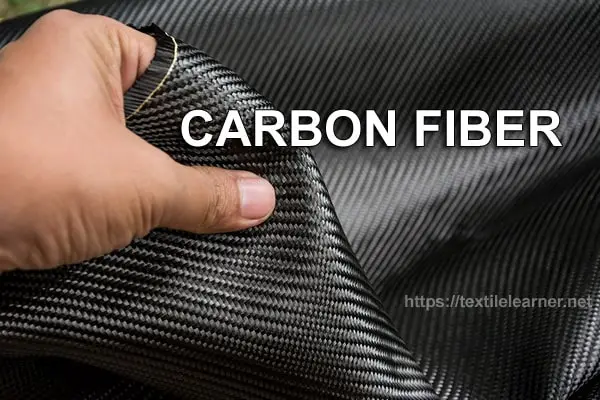Offering high strength-to-weight ratios, corrosion resistance and ease of fabrication, glass fiber reinforced plastic (GFRP) composites comprise glass fibers set in a polyester polymer resin matrix.
Civil engineering increasingly specifies GFRP as an economical material alternative for structures and components requiring durability with minimum weight.
What are Glass Fiber Reinforced Polyester Composites?
GFRP combines high-strength glass fibers embedded within a polyester polymer resin matrix that transfers loads.
Aligned continuous rovings or woven fabrics made of fine glass filaments provide strength while the resin transfers stresses between fibers.
Varying fiber volume fractions tune physical properties according to application requirements.
GFRP offers versatility fabricating complex shapes.
Key Properties of GFRP Materials
GFRP exhibits a high strength-to-weight ratio surpassing many metals and about 20% of steel’s density.
The composite demonstrates excellent chemical corrosion resistance and effectively insulates against electricity.
GFRP resists weathering better than carbon fiber counterparts, though ultraviolet degradation remains a consideration.
Anisotropic properties vary with fiber direction. And cold temperature performance declines below -20°C.
What is Glass Fiber Reinforced Polyester Used for?
GFRP finds wide usage fabricating piping, tanks, ducting, beams, grates, ladders and protective casings taking advantage of lightweight coupled with durability.
GFRP rebar increasingly reinforces concrete in highly corrosive environments or where reduced self-weight is prioritized.
Strengthening programs bond GFRP laminates to structures requiring increased load capacity.
Custom molded GFRP shapes cater to architectural geometries.
Manufacturing Processes for Glass Fiber Reinforced Polyester
GFRP manufacturing processes typically start by arranging layers of glass fabric into a mold shape.
Operator or automated systems then saturate fabrics with catalyzed polyester resin using rollers before compacting layers to optimize fiber-resin wetting and cure properly.
Open molded hand layups offer flexibility for short production runs and large components whereas resin transfer molding automation suits high volume outputs.
Fabricating Efficient GFRP Structural Members
Designing lightweight GFRP shapes for maximum stiffness begins with finite element analysis optimizing geometries.
Manufacturers tailor laminates placing fibers favoring principal stress trajectories the composite encounters under loading to boost efficiency.
Near net shape molding minimizes wasteful machining. And hybrid composite/metal structures facilitate joining to other materials when needed.
Testing Glass Fiber Reinforced Polyester Strength & Durability
To validate designs civil engineers test GFRP per established ASTM test methods measuring tensile, compressive, flexural and shear strength plus fatigue, creep and environmental durability over long durations.
Standards also cover resin testing and using nondestructive inspection techniques like digital tap testing to assess panel integrity.
Failure mode analysis examines interactions between glass fibers and the resin matrix.
What are GFRP Raw Materials?
GFRP raw materials fall into two components– glass fiber textiles and polyester resin.
Glass filaments come surface treated allowing resin adhesion.

Polyester resin offers reasonable cost but vinyl ester enhancement boosts corrosion resistance and performance where exposure threats exist.
Catalysts added just before fabrication initiate resin polymerization and hardening once placed.
The Pros and Cons of GFRP Materials
Compared to traditional materials GFRP advantages include four times the elasticity modulus over concrete, superior chemical and weathering resistance and significant weight savings.
GFRP withstands freeze-thaw cycling well.
Limitations center on ultimate strength trailing steel and cost premiums, along with concerns regarding UV degradation or long term dampness without proper resin selection.
Cost Analysis for GFRP Implementation
In first costs GFRP typically ranges from $5-7 per pound, though large orders can reach $3-4 in volume.
Raw material costs split with 60% for the glass fiber reinforcement and 40% for resins and other manufacturing outlays.

Compared to traditional materials GFRP costs more upfront but pays dividends over decades of maintenance free lifecycles.
Accelerated construction schedules also help offset higher inputs when GFRP cuts project durations.
As civil engineers balance material specifications across concerns of strength, lifespan durability, weight savings and lifecycle costs, glass fiber reinforced polymer composites using polyester resin offer an optimal combination of performance and affordability suitable for long term infrastructure resilience.
GFRP provides infrastructure project managers economy without sacrificing quality across applications from rebar reinforcement and FRP wraps to structural shapes fabricating beams and architectural features.






